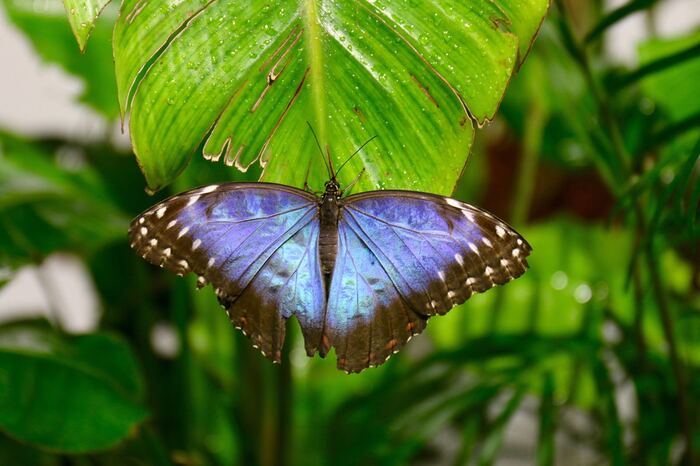The DNA of butterflies and moths has remained practically unchanged since 250 million years ago, when their last common ancestor flew, and this despite the fact that there are over 160 thousand species in the world, very different from each other.
The discovery comes from the study published in the journal Nature Ecology & Evolution and led by the British Wellcome Sanger Research Institute, which allowed the analysis and comparison of over 200 complete DNAs of butterflies and moths.
The findings shed light on the mechanisms that govern evolution and could also help improve efforts to conserve species and protect biodiversity.
Butterflies and moths, which belong to the order Lepidoptera, represent 10% of all known animal species.
They are extremely important pollinators and key indicators of the health of many ecosystems.
To try to understand the processes underlying their evolution, researchers led by Charlotte Wright started by identifying 32 ancestral elements that make up the chromosomes of butterflies and moths, discovering that in most species they have remained intact over the last 250 million of years.
“This is surprising: this calls into question the idea that stable chromosomes can limit species diversification,” comments Wright.
"In fact, this characteristic could instead be the basis on which diversity is built."
However, the analysis also led to the discovery of a rare subset of species, including the so-called 'blue butterflies' and white butterflies, which feed on cabbage plants, which have broken this pattern: their DNA, in fact, has underwent a vast shuffling which also included the breakage and fusion of chromosomes.
The next step will be to understand what differentiates these species from others.
Reproduction reserved © Copyright ANSA

